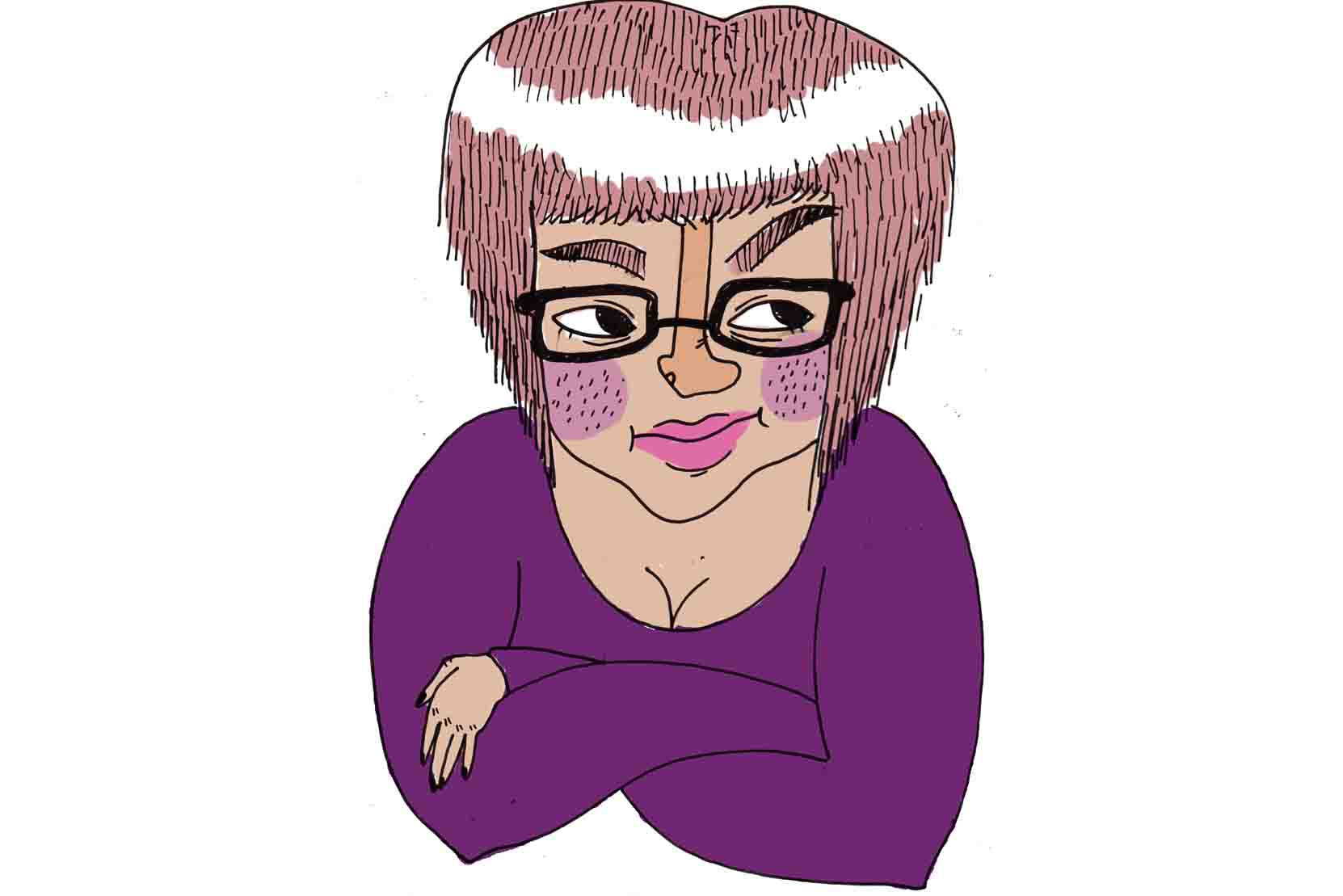Head to Canada
It’s not easy paying for higher education these days, at least not in the United States. After tuition hikes, delays in receiving financial aid funding and troubles for international students with student visas, Canadian schools are getting more attention.
Portland State University has been facing budgetary setbacks. Consequently, the tuition plateau is being phased out over the next two terms, causing students to pay per-credit when they used to be able to pay the same for anywhere from 12 to 18 undergraduate credits.
This fall, 56 percent of freshman had a 30-day waiting period before they were given their financial aid money. The 2003-04 Financial Aid Guide mentions the delay and says, “If any interest or late charges are assessed due to the 30-day delay regulation, those charges will be canceled.” This doesn’t help with beginning-of-term costs, however, such as books and student ID cards.
While the hassles continue, students with the option of traveling may look to their northern neighbor come next fall.
“The exchange rate is favorable,” explained Paula Harris, associate director of international admissions.
Even if American students aren’t flocking to the north in droves, that doesn’t mean students from other nations aren’t opting for a change in educational scenery. International students are choosing Canada over the United States more often because of issues with student visas, Harris noted. Reasons range from simple financial concerns, such as rising tuition costs, to serious difficulties securing proper paperwork.
Pranee Khumitti, a student from Thailand studying English at Portland State, can attest to the challenge of being granted a student visa within the United States.
Khumitti said that after the terrorist attacks of Sept. 11, 2001, it was much more difficult to get any kind of visa. She also saw her aunt’s visa go from having no expiration date to having a 10-year cap.
“The chance to get a visa has decreased,” she said. While Khumitti found it difficult to get any kind of visa, she said that student visas are a little easier than tourist ones because travelers’ purpose for visiting the country is clearer.
Still, Khumitti points out that before the attacks an I-20 form (a form issued by the school to the American government that proves a student is full time) was enough to be granted a student visa. Now it takes a lot more.
Khumitti had quite a bit to prove in order to come to the country, including her passport, grades, a recommendation from her work and her bank statement or the bank statement of anyone sponsoring her.
She and many of her friends and family still try because they “feel that a degree from America will carry more weight than from Thailand.”
PSU has seen a stable number of international students attending both before and after Sept. 11, 2001, according to the Office of Institutional Research and Planning.
In 2000, there were 961 international students or 5.6 percent of the PSU campus population. There were 1,026 in 2001, or about 5.5 percent, and 1,115, or 5.5 percent, in 2002.
Canada is still becoming a viable option when it comes to college. As long as students attend an accredited university in Canada, their credits will transfer if they decide to come back to the United States. The same goes for students transferring from the United States to Canada.
Harris said the Office of Admissions uses the same general rule for any student: Every year of study at another institution can count for up to one transfer year here.
As with transferring from any college to another, students need to be aware of how their credits will transfer.



